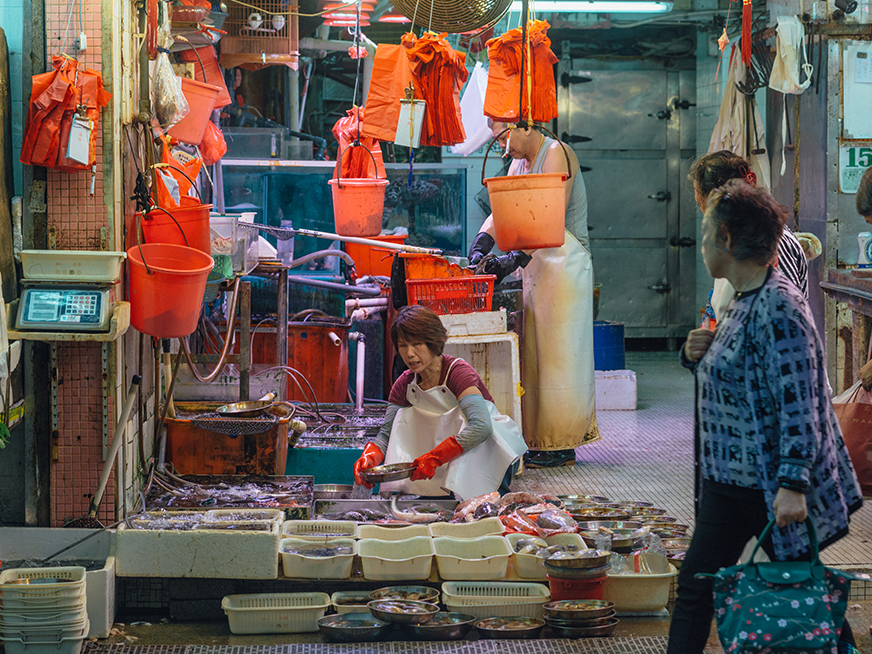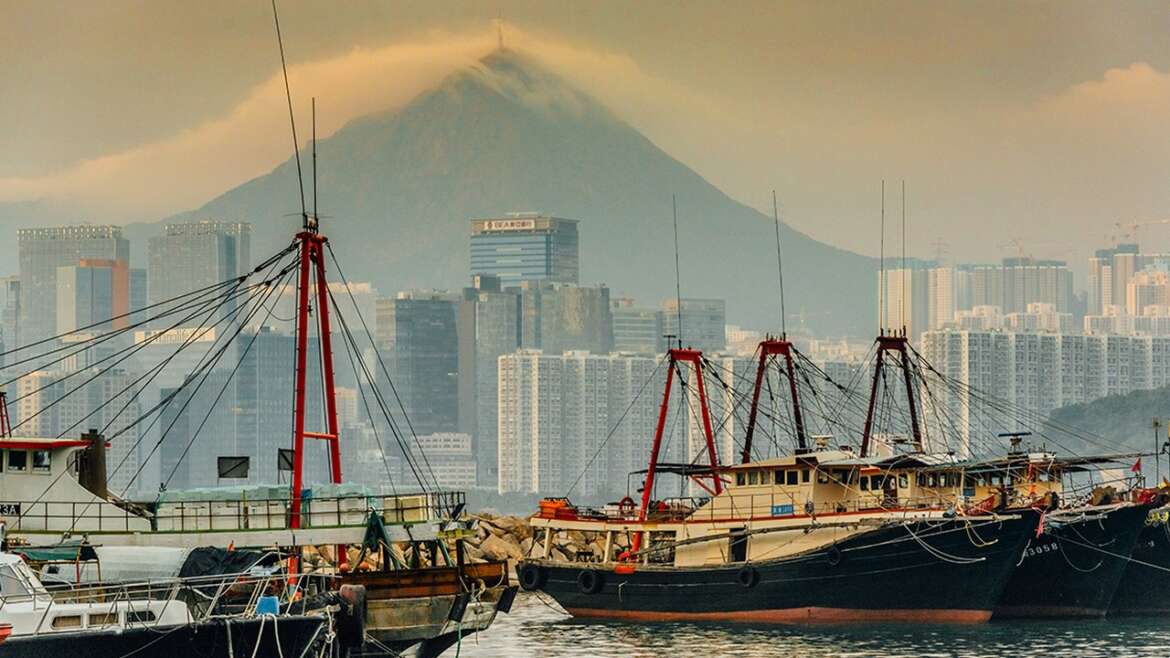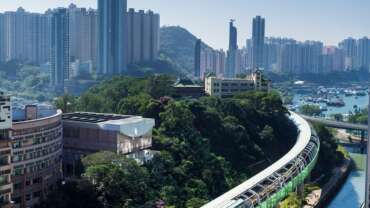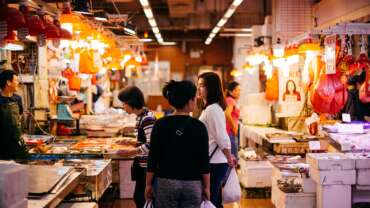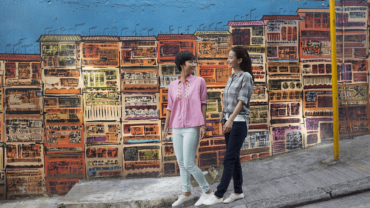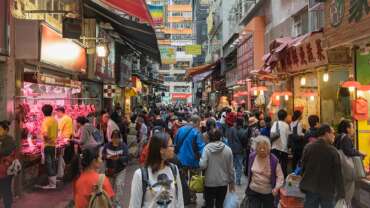Experience local life on the waterfront
On a map, Eastern District takes the shape of a sea serpent writhing along the shores of Victoria Harbour. Nobody in the district lives more than 1,500 metres from the waterfront, hemmed in as they are by the mountains of Hong Kong Island’s interior. It may not always be possible to see the ocean — the district is home to nearly 600,000 people in 19 square kilometres, which means there are a lot of high rises — but it’s impossible not to feel its presence. Seafood populates the district’s markets and a fresh breeze clears the air.
This is a district that has always depended on its waterfront. In North Point, beaches were developed into factories and industrial wharves, which have continued to evolve as new hotels and cultural facilities are built near the water. Quarry Bay’s old dockyards are now a bustling commercial district home to good restaurants, the ArtisTree cultural venue and pleasant outdoor spaces. Quarry Bay Park is home to one of Hong Kong’s most pleasant waterfront promenades, where you can enjoy a breezy stroll or discover an historic fireboat that has been converted into a museum.
The tram is never far from the water, and if you hop on in Quarry Bay, you’ll soon arrive at the terminus in Shau Kei Wan, an historic fishing village that remains home to one of Hong Kong’s best seafood markets. Despite land reclamation and redevelopment, Shau Kei Wan is still a community that lives according to the cycle of the tides, with a large and picturesque typhoon shelter, small-scale shipyards and temples dedicated to seafaring gods.
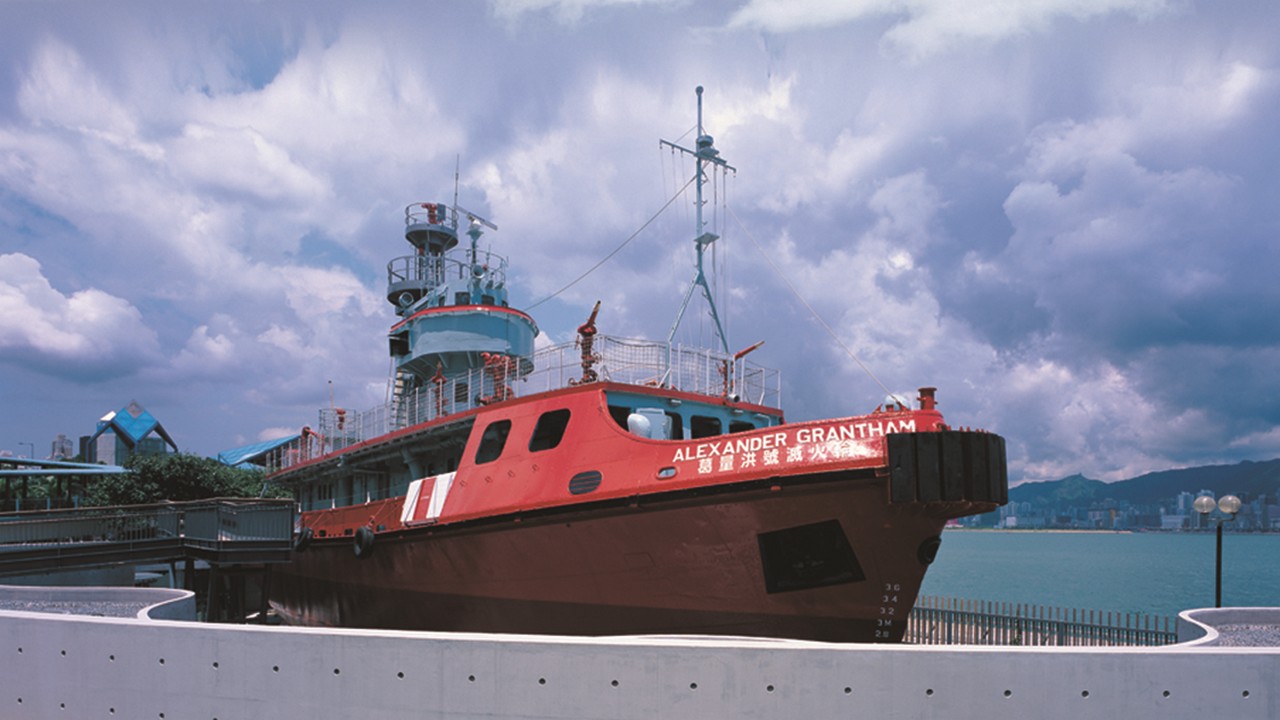
Eastern District: where art and history collide
Although situated on the waterfront, Hong Kong’s Eastern District is much more than that. Here you can find everything from Eastern District’s waterfront legacy, as well as the local arts scene, and food that locals eat.
Oi!
When the Royal Hong Kong Yacht Club built its first headquarters on Oil Street in 1908, the Arts and Crafts-style complex was located on the shores of Victoria Harbour — as you might expect. But the waterfront is always shifting in Hong Kong and the historic clubhouse now sits a few hundred metres inland. The yacht club long ago moved elsewhere, but its birthplace now has a new lease on life as Oi!, a community art space with regular workshops and exhibitions.
MOM Livehouse
It has always been tough to find space for live music in Hong Kong: although the city is a regular stop for overseas acts and there is plenty of homegrown talent, high rents and low margins make it difficult to run a music venue. While a number of new publicly funded venues are coming online in the near future, North Point’s MOM Livehouse has already come to the rescue. Since opening in 2016, the 200-person space has hosted a diverse range of shows, from indie pop to hardcore, along with upstart festivals like The Gig Week.
Mount Parker
Standing 532 metres tall, Mount Parker dominates the eastern half of Hong Kong. In fact, it is only slightly shorter than its more famous counterpart, Victoria Peak. Unlike The Peak, however, a hike up this mountain will lead you to historic treasures instead of exclusive residences. Walk along the Wilson Trail and you will come across the Wartime Cooking Stoves, large outdoor kitchens built in preparation to feed Hongkongers during World War II. Not far away is the Woodside Biodiversity Education Centre, whose exhibitions on Hong Kong’s flora and fauna are housed inside a 1920s mansion built by the Taikoo Sugar company.
A Tram through Eastern District
Ng Cho-bang has driven Hong Kong’s double-decker trams through Eastern District for more than 30 years. In that time, entire hills have been flattened and developed with skyscraping apartment towers. A tram route that once meandered along the waterfront has been straightened. Even the waterfront itself has shifted, extended outwards by decades of land reclamation. Where there were once factories and shipyards there are now hotels and luxurious office towers.
And yet, despite the changes, some things remain the same, not the least of which is the tram. Ng says homemakers and elderly people still take it to the wet market to fetch their daily groceries. “Sometimes I help them with their grocery cart,” he says. “There are times that some passengers give me a fruit as a thank you gift when they finish the journey.” While the city around it may grow, the tram remains a throwback to a friendlier, less complicated time.
That’s why it’s the perfect vehicle to explore Eastern District. In 1904, the tram was extended from Causeway Bay to Shau Kei Wan, linking up the neighbourhoods that were quickly growing along the eastern shore of Hong Kong Island. Even today, perched on the upper deck of a tram, a warm sea breeze blowing through the carriage, you can get a sense of the district’s rich history and evolving culture.
